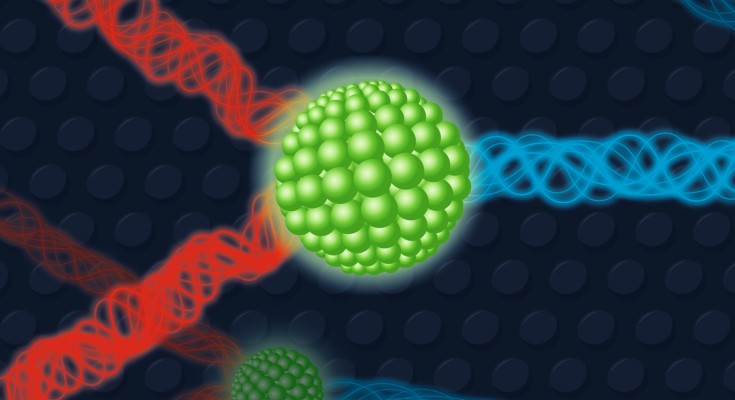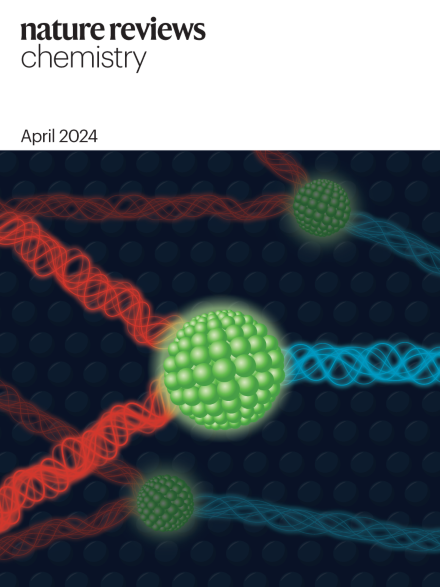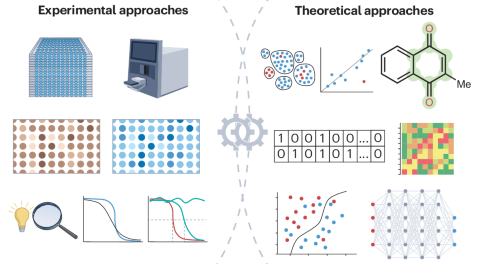
Two become one
Upconversion can enable excitation of molecules in hard-to-reach areas which short-wavelength light cannot reach. Lower energy photons are more likely and their combination can excite such targets.

Upconversion can enable excitation of molecules in hard-to-reach areas which short-wavelength light cannot reach. Lower energy photons are more likely and their combination can excite such targets.


Biological assays are essential to pharmaceutical, agrochemical and cosmetics research. However, false readouts pose substantial challenges in screening small molecules. This Review explores the current methods for tackling assay interference, focusing on computational approaches and their integration with experimental methods.
